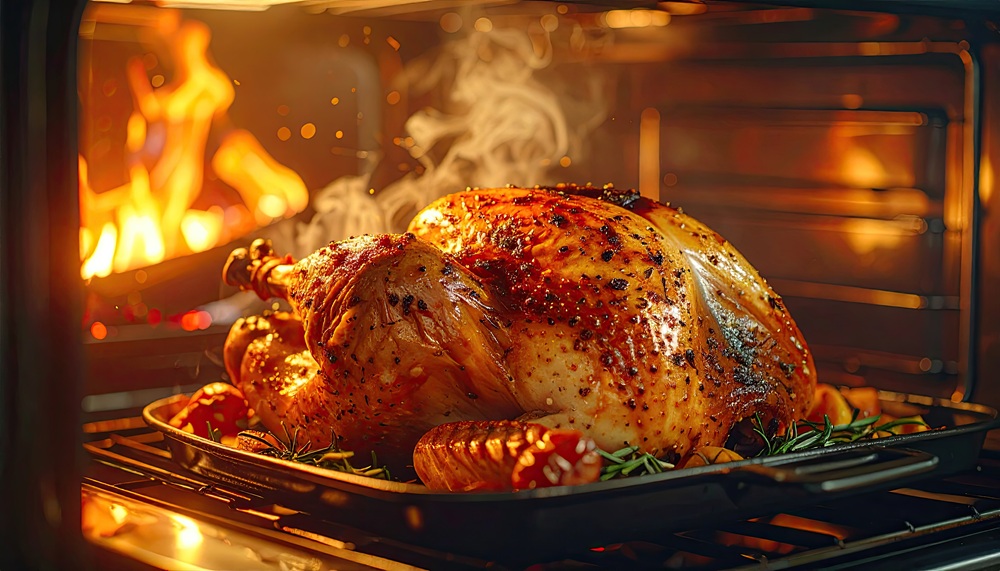QUINCY, Mass. – According to the National Fire Protection Association (NFPA), an estimated 1,446 house fires were reported to U.S. fire departments on Thanksgiving Day in 2023, a 388 percent increase over the daily average.
According to the NFPA, Christmas Day and Christmas Eve are the second and third most popular days of the year for home cooking fires.
“Thanksgiving is a busy holiday where multiple dishes are cooked and baked at once, and between guests, entertaining and other distractions, it can be easy to lose track of what’s on the stove or in the oven,” said Lorraine Carli, vice president of public relations and advocacy at NFPA, in the association’s announcement.
“Given all of these factors, it’s no surprise that we regularly see a dramatic increase in home cooking fires around Thanksgiving,” she says.
What are some fire safety tips for Thanksgiving?
On an annual average between 2019 and 2023, cooking was responsible for the majority of U.S. Thanksgiving Day house fires (80 percent) and 40 percent of civilian injuries; No civilian deaths were reported. Overall, cooking is the leading cause of home fires and injuries in the United States and the second leading cause of death from home fires. Unattended cooking is the leading factor in kitchen fires and deaths.
“Keeping a close eye on what's cooking and minimizing the chance of distraction can significantly reduce the risk of cooking fires,” says Carli. “As simple as these preventative measures may sound, they can actually help ensure everyone enjoys a festive, fire-free holiday.”
Below are additional tips and recommendations from the NFPA to help everyone cook safely this Thanksgiving:
-
Never leave the kitchen while cooking on the stove. Some types of cooking, particularly those that involve frying or sautéing in oil, require constant attention.
-
When cooking a turkey, stay home and check on it regularly.
-
Use timers to keep track of cooking times, especially for foods that require longer cooking times.
-
Keep items that can catch fire, such as pot holders, wooden utensils, food wrappers and towels, at least three feet away from the cooking area.
-
Avoid long sleeves and hanging fabrics that may come into contact with a heat source.
- Always cook with a lid next to your pan. If a small grease fire occurs, smother the flames by placing the lid over the pan and then turning off the burner. Do not remove the cover, otherwise the fire could start again.
-
If there is a stove fire, turn off the heat and keep the door closed. Only open the door when you are sure that the fire has gone out completely and stand to the side when doing so. If you have any doubts or concerns, contact the fire department.
-
Keep children and pets at least six feet away from the stove and areas where hot food or drinks are prepared or transported. Hot foods and liquids should not be placed near the edges of tables and counters.
Additionally, the NFPA strongly discourages the use of turkey fryers that use cooking oil, which can result in devastating burns. As a safe alternative, NFPA recommends purchasing a deep-fried turkey from a grocery store or restaurant or purchasing a deep fryer that does not use oil.

